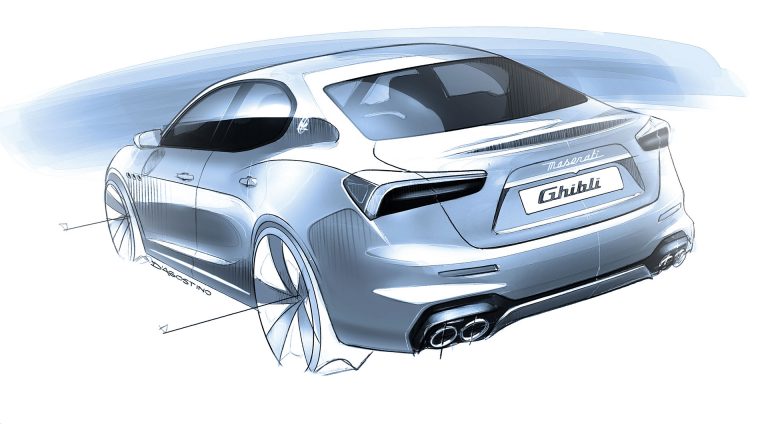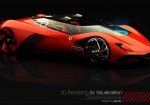Maserati Ghibli Is Celebrating Its 55th Birthday

by AutoExpert | 11 November, 2021
Giorgetto Giugiaro created this two-seater coupé as a novel take on the Gran Turismo concept. The name evoked a breeze, a history that continues with the Grecale, a new Trident age.
Maserati launched the Ghibli, a car with a sporty yet understated appearance: the engine was newly created, based on the well-known 8-cylinder utilized in Mexico. The 4,700-cc variant produced 330 hp and was succeeded by a 4,900-cc version with considerably more performance.
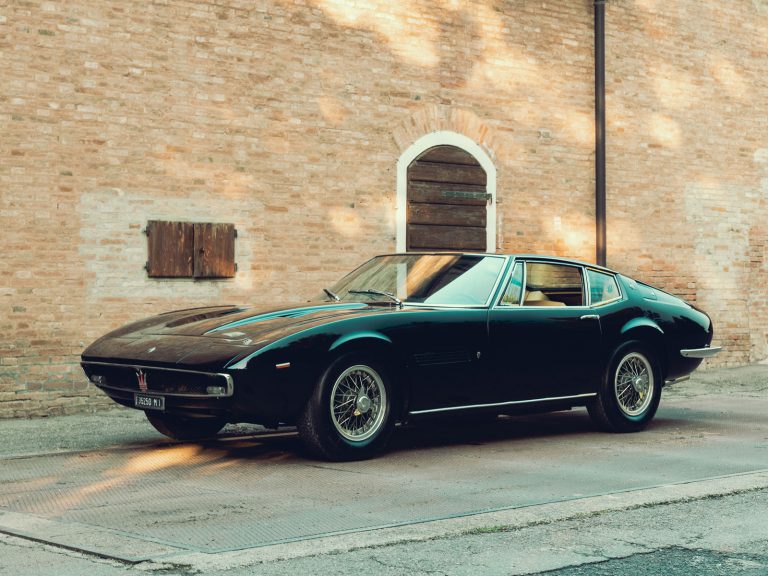
The engine was supplied with a dry-sump, a solution utilized exclusively in racing; and was positioned on a tubular chassis in a very low down way that allows more room for styling by reducing the height of the bonnet. One of the pillars of the car's success was its aggressive and slim design, which was achieved through this method.
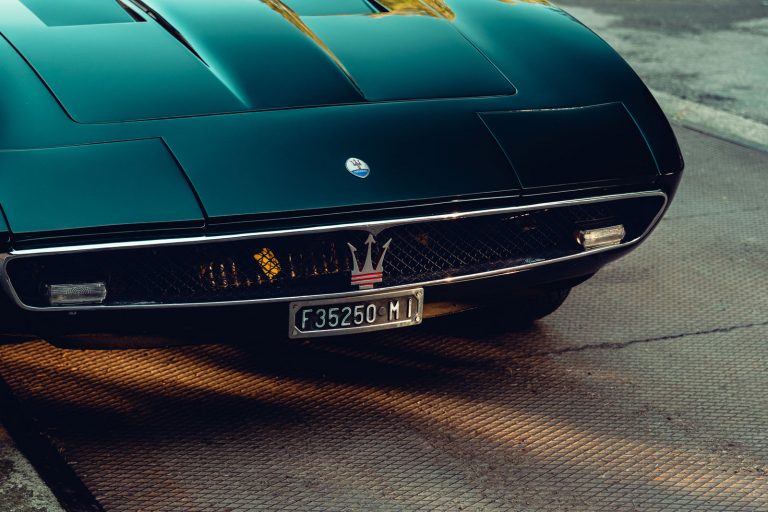
The integration of the volumes marked a significant departure from the Maserati Ghibli's predecessors: there was no separation between the car's body and the passenger cabin. They formed a single, continuous surface.
One of Maserati's most notable new design elements was the car's front, which featured detachable headlights and a narrow grille that took up the majority of the front's space. The Trident symbol stayed in the center, however it was shrunk from its previous size.
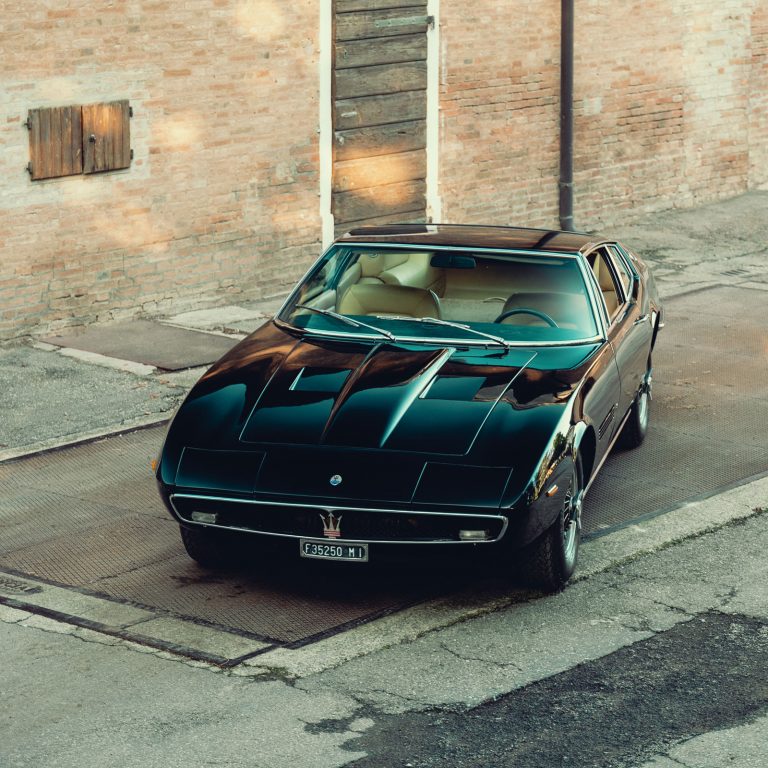
With a long low bonnet and a heavily sloped windscreen, the Maserati Ghibli's side profile was strengthened. A distinctive component of earlier successful Trident vehicles, the triangular rear pillar gained its own personality. The result was a Gran Turismo that stayed faithful to the exclusive, luxurious aesthetic, power, and comfort, while also incorporating a racing notion.

Maserati Ghibli was first introduced to the public in 1967, following its debut at the Turin Motor Show on November 3, 1966. Its cabin was reinvented the next year, and it could be equipped with an automatic gearbox or a 5-speed manual transmission on request.

The Spyder variant, which could be supplied with a hardtop, was introduced in 1969, and a year later, both versions were equipped with a 4,900-cc engine, dubbed Ghibli SS. The car's strong market position was bolstered even further in this arrangement.
